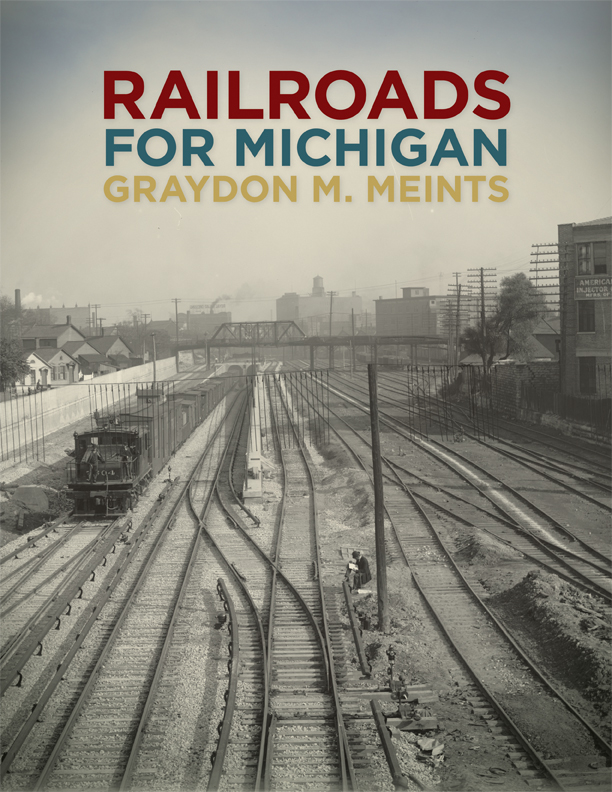
Railroads for Michigan by Graydon M. Meints Michigan State University Press, Suite 25, Manly Miles Building, 1405 S. Harrison Road, East Lansing, MI 48823-5245; 640 pages, 180 black-and-white photos; hardcover, 8.5 x 11 in.; $49.95. Michigan’s railroad history is well served by “Railroads for Michigan,” a sprawling new survey by historian Graydon M. Meints. From […]
Read More…
NORFOLK, Va. – The Surface Transportation Board has approved Norfolk Southern’s petition to discontinue service over 53.2 miles of the former Norfolk, Franklin & Danville trackage in southern Virginia. The discontinuance is in effect between milepost 37.0, near Franklin, and the end of the line at milepost 90.2 near Lawrenceville. In its filing, NS told […]
Read More…
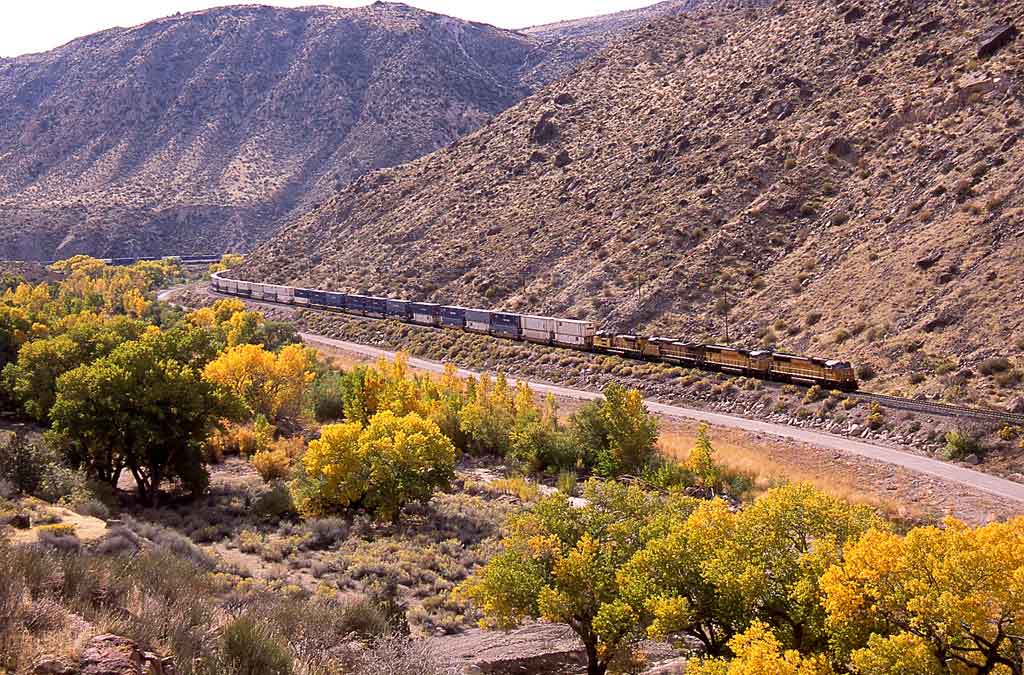
An eastbound Union Pacific intermodal freight enters Rainbow Canyon near Elgin, Nev., on Nov. 3, 2006. For 20 miles the train will follow the Meadow Valley Wash up the steep grade to the former division point at Caliente, Nev., on the Los Angeles & Salt Lake route. Photo by Robert Jordan […]
Read More…
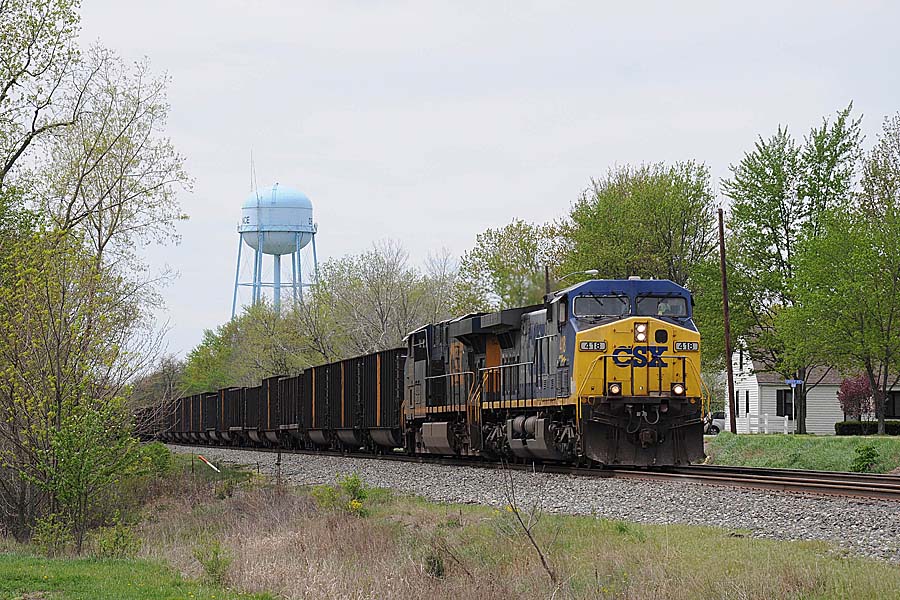
An eastbound empty coal train, led by CSX AC44CW No. 418, passes Defiance, Ohio, on May 5, 2013. The train is made up mostly of old Bethlehem Steel “BethGon” gondolas, now used by successor ArcelorMittal. Photo by Brian Schmidt […]
Read More…
With so much talk about Union Pacific’s effort to restore Big Boy steam locomotive No. 4014, the world wants to know … what is a wristpin? Listen in as UP steam boss Ed Dickens Jr. talks about this 50-pound plus hunk of metal without which a live, steaming Big Boy would grind to a halt. […]
Read More…
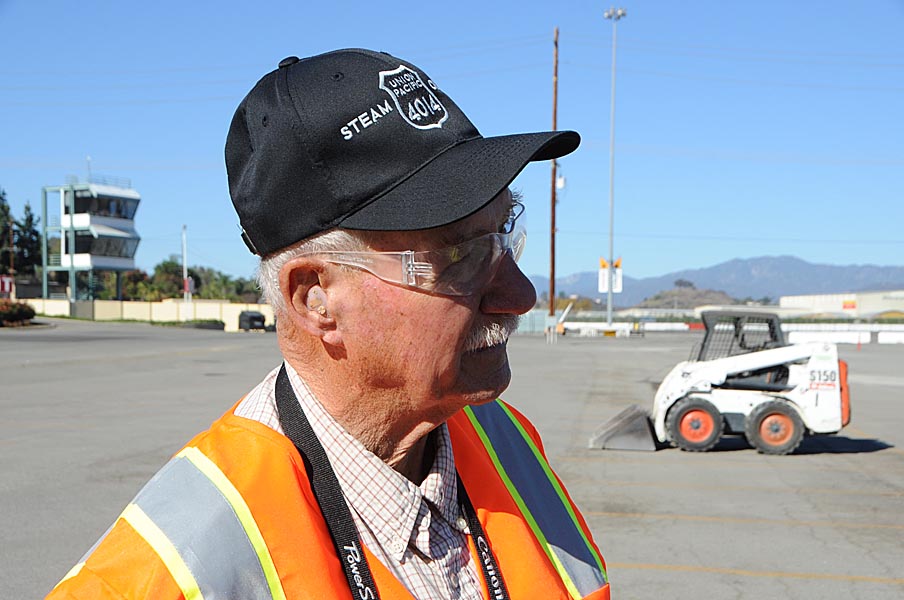
Ed Gerlits Jim Wrinn POMONA, Calif. — Ed Gerlits, a well-known Denver-area railroad enthusiast, former Colorado tourist railroad owner, and the man who just last month welcomed scores of visitors to witness Union Pacific move Big Boy 4-8-8-4 No. 4014 at the Los Angeles County Fairgrounds, has died. He was 79. Gerlits, the long-time mentor […]
Read More…
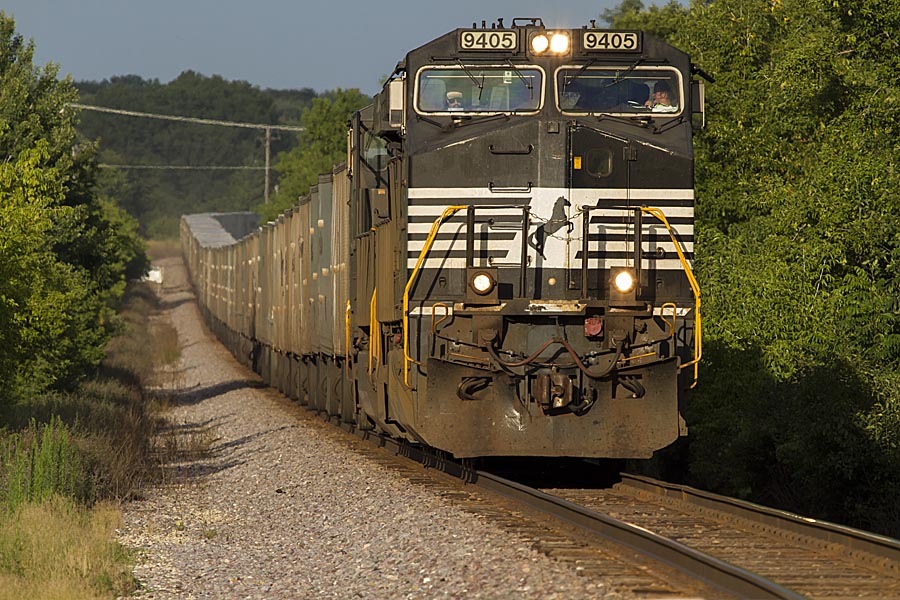
Two Norfolk Southern GE ponies, with Union Pacific train Z-CHEM in tow, gallop out of North Lake, Wis., on their journey to Minneapolis, Minn. The Triple Crown train is one of the few that operates off NS rails. Photo by Matt Krause […]
Read More…
NICHOLASVILLE, Ky. – Railroad entrepreneur R.J. Corman left an estate worth more than $270 million, the Lexington Herald-Leader reported. Corman died Aug. 23 at age 58 of blood cancer. R.J. Corman Railroad Group LLC, the umbrella corporation for many of the company divisions, represents the majority of the estate. Its estimated value is $226.7 million, […]
Read More…
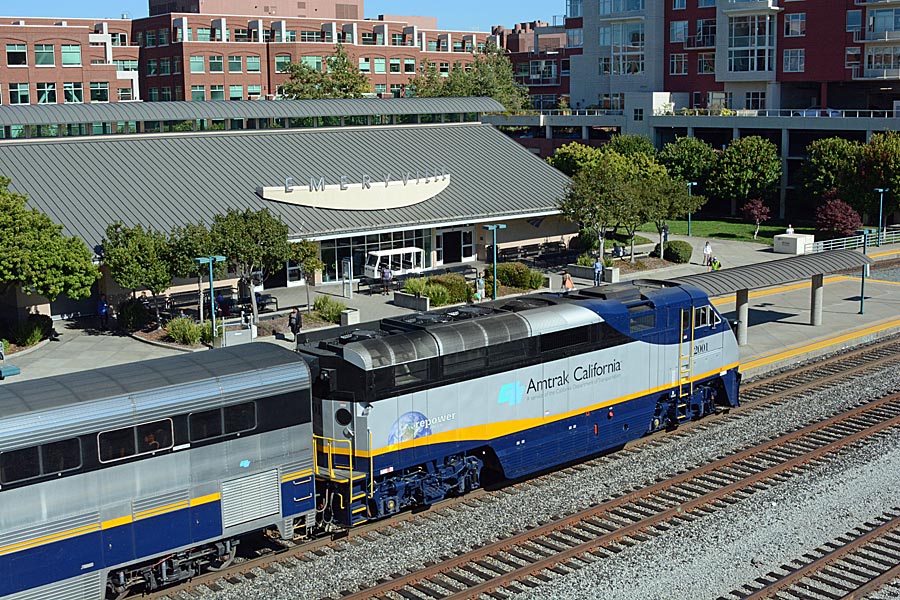
An Amtrak San Joaquin train arrives at Emeryville, Calif., as the afternoon rush comes into full swing on Aug. 27, 2013. Photo by Michael S. Murray […]
Read More…
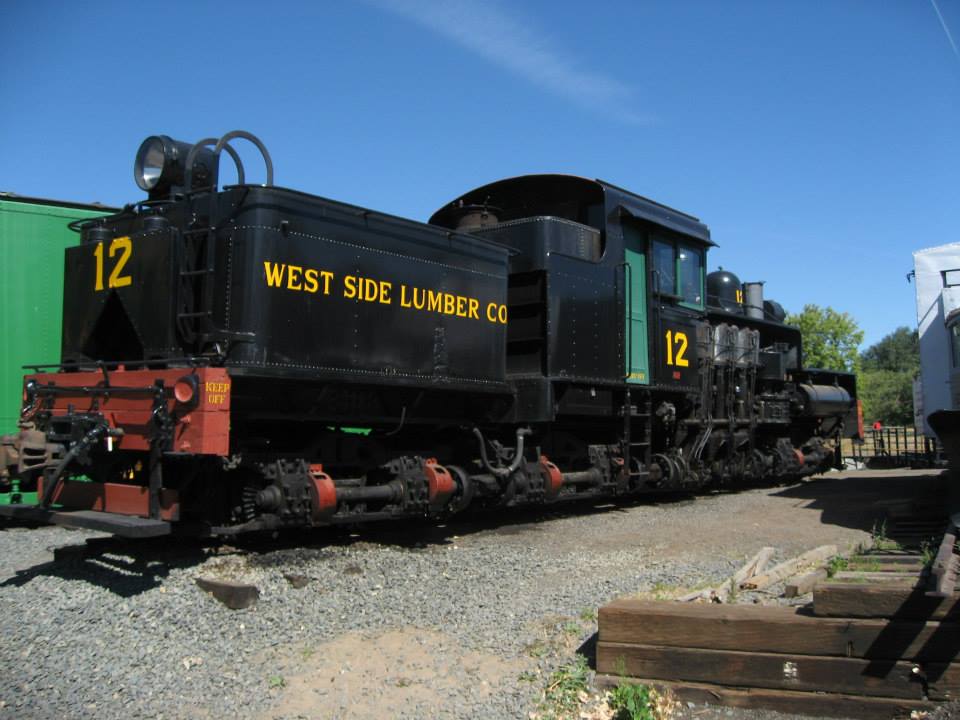
West Side Lumber No. 12 West Side Lumber No. 8 Georgetown Loop No. 40 GOLDEN, Colo. — One of the largest and most extensive collections of historic narrow gauge equipment in the West is up for sale. Lindsey and Rosa Ashby, the operators of the Georgetown Loop narrow gauge railroad out of Georgetown, Colo., from […]
Read More…







